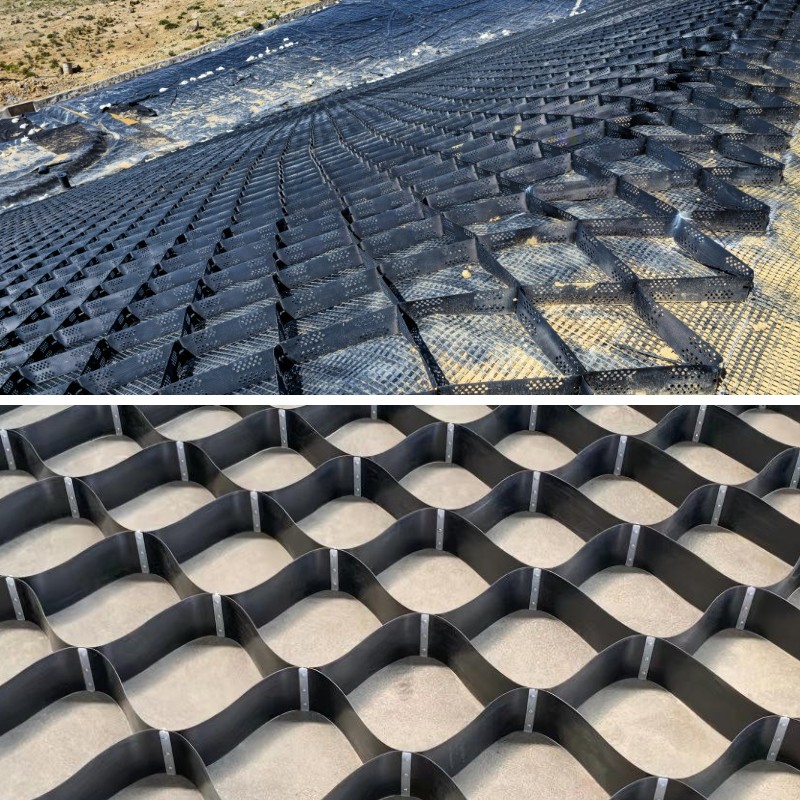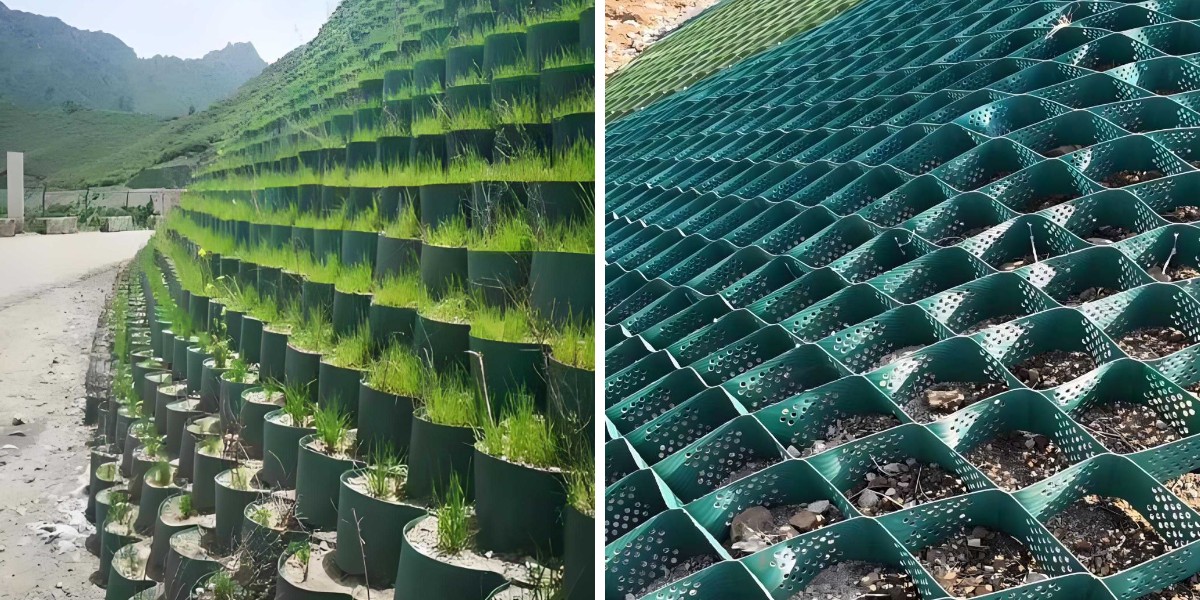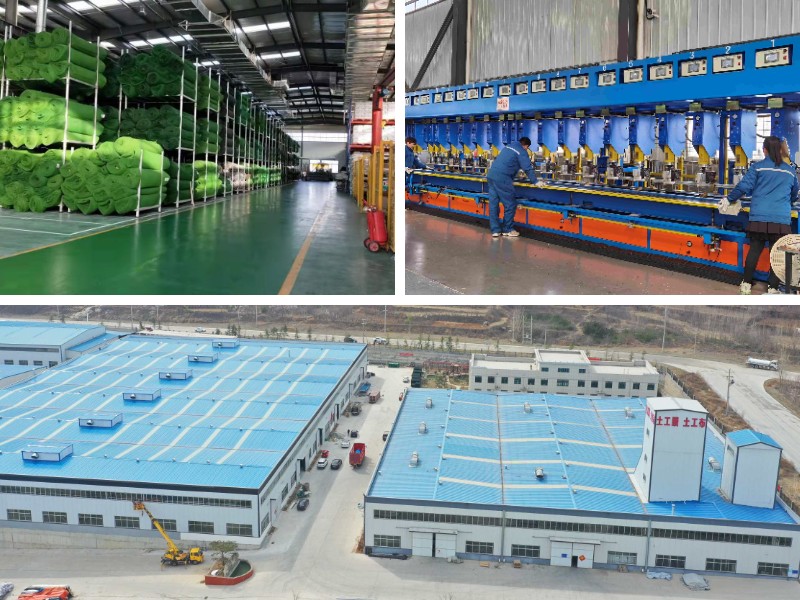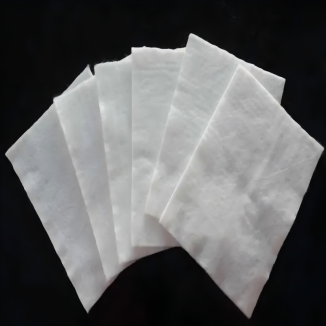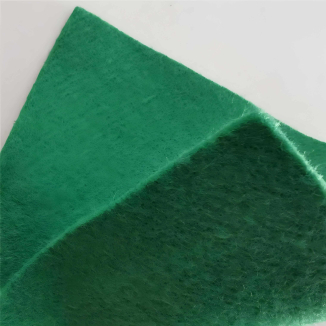Long-Term Durability: How Geocell Withstands Harsh Weather Conditions
In infrastructure and civil engineering, sturdiness isn’t simply a goal—it’s a necessity. Projects have to suffer excessive temperatures, heavy rainfall, extended UV exposure, and freeze-thaw cycles to stay purposeful and safe. Among current solutions, geocell technological know-how stands out for its potential to give a boost to soil and stabilize buildings in the most difficult environments. This article explores how geocells—particularly in purposes like geocell avenue building and geocell for erosion control—maintain overall performance beneath harsh climate conditions, making sure long-term value financial savings and environmental resilience.
1. Understanding Geocell Technology
Geocells are 3-dimensional honeycomb-like buildings made from high-density polyethylene (HDPE) or different long lasting polymers. These cells are extended on-site and crammed with granular materials like soil, gravel, or concrete, growing a composite matrix that distributes masses and restricts lateral movement. This sketch enhances soil strength, reduces deformation, and prevents erosion, making geocells best for functions ranging from avenue building to slope stabilization.
Key Features of Geocells:
Flexibility: Adapts to uneven terrain whilst retaining structural integrity.
High Tensile Strength: Resists deformation underneath heavy loads.
Chemical Resistance: Unaffected by using soil acids, salts, or UV radiation.
Permeability: Allows water drainage, lowering hydrostatic pressure.
These homes make geocells a cornerstone of cutting-edge engineering, specifically in areas inclined to excessive weather.
2. Geocell Roads: Built to Last Through Weather Extremes
Roads are amongst the most inclined infrastructure components, regularly deteriorating due to temperature fluctuations, heavy rainfall, and freeze-thaw cycles. Geocell street structures tackle these challenges through developing a bolstered base layer that enhances load distribution and minimizes rutting.
How Geocells Protect Roads from Weather Damage:
Thermal Stability:
HDPE geocells face up to temperatures ranging from -50°C to 80°C (-58°F to 176°F) barring cracking or warping.
In bloodless climates, geocells forestall frost heave by way of setting apart soil layers and lowering water infiltration, which reasons growth at some point of freezing.
Resistance to Heavy Rainfall:
The permeable diagram of geocells lets in water to drain vertically, stopping floor ponding and erosion.
In tropical regions, geocell roads keep steadiness regardless of common monsoons, lowering upkeep charges via up to 60% in contrast to common gravel roads.
UV Protection:
HDPE consists of UV stabilizers that stop degradation from extended solar exposure, making sure the geocell’s lifespan exceeds 50 years in most climates.
Case Study: A 2021 task in Alberta, Canada, verified the effectiveness of geocell roads in permafrost regions. By separating the roadbase from subsurface ice, the geocell gadget decreased seasonal agreement by using 75%, extending the road’s lifespan with the aid of decades.
3. Geocell for Erosion Control: Shielding Landscapes from Nature’s Fury
Erosion threatens slopes, riverbanks, and coastal areas, mainly throughout storms or extended droughts. Geocell for erosion manage gives a sustainable answer by using anchoring soil and vegetation, even in high-flow conditions.
Mechanisms of Erosion Prevention:
Cellular Confinement:
Geocells create a inflexible framework that holds soil in place, stopping displacement through wind or water.
When crammed with topsoil and planted with vegetation, the machine combines mechanical steadiness with root reinforcement for introduced durability.
Hydraulic Performance:
Geocells minimize water pace with the aid of breaking up glide patterns, minimizing scouring on slopes and channels.
In coastal applications, geocell limitations take in wave energy, defending beaches from erosion at some stage in storms.
Adaptability to Steep Gradients:
Unlike typical strategies like riprap, geocells conform to slopes up to 60 degrees, making them appropriate for mountainous areas or dual carriageway embankments.
Case Study: After Hurricane Maria in 2017, Puerto Rico’s Department of Natural Resources used geocells to stabilize riverbanks alongside the Guajataca River. The gadget decreased sediment runoff via 90% and withstood subsequent storm surges, demonstrating its resilience in severe weather.
4. Geocell Durability: Material Science Behind the Innovation
The toughness of geocells below harsh prerequisites stems from their fabric composition and manufacturing processes.
HDPE: The Backbone of Geocell Technology
Thermal Resistance: HDPE retains its residences throughout a extensive temperature range, fending off brittleness in bloodless or softening in heat.
Chemical Inertness: Resists degradation from acidic soils, salts, and industrial pollutants, making it best for city and rural applications.
Recyclability: Many geocells are made from recycled HDPE, aligning with sustainability desires besides compromising performance.
Manufacturing Advances
Laser Perforation: Modern geocells function precision-drilled holes that decorate drainage and vegetation growth.
Additives for Enhanced Performance: Some geocells include carbon black for extra UV resistance or antioxidants to stop long-term cracking.
5. Maintenance Tips for Prolonging Geocell Lifespan
While geocells are low-maintenance, proactive care ensures most suitable performance:
Regular Inspections: Check for particles accumulation or vegetation overgrowth that would possibly obstruct drainage.
Vegetation Management: Trim invasive vegetation that ought to destabilize the soil-geocell interface.
Drainage Clearing: Remove sediment from outlet pipes in erosion manage structures to stop backups.
7. The Future of Geocell Technology
As local weather exchange intensifies climate extremes, geocell innovation accelerates. Researchers are exploring:
Biodegradable Geocells: For brief purposes like development web page stabilization.
Smart Sensors: Embedded in geocells to display stress, moisture, and temperature in actual time.
Hybrid Materials: Combining HDPE with herbal fibers for superior sustainability.
Conclusion: Why Geocell Stands the Test of Time
From geocell street development in frozen tundras to geocell for erosion manage on hurricane-prone coasts, this technological know-how proves its well worth via combining durability, adaptability, and fee efficiency. By harnessing superior substances and engineering principles, geocells provide a future-proof answer for infrastructure tasks going through more and more unpredictable climate patterns.
For engineers, contractors, and environmental planners, investing in geocell structures isn’t simply about constructing more advantageous structures—it’s about safeguarding communities towards the forces of nature for generations to come.
Contact Us
Company Name: Shandong Chuangwei New Materials Co., LTD
Contact Person :Jaden Sylvan
Contact Number :+86 19305485668
WhatsApp:+86 19305485668
Enterprise Email: cggeosynthetics@gmail.com
Enterprise Address: Entrepreneurship Park, Dayue District, Tai 'an City,
Shandong Province


